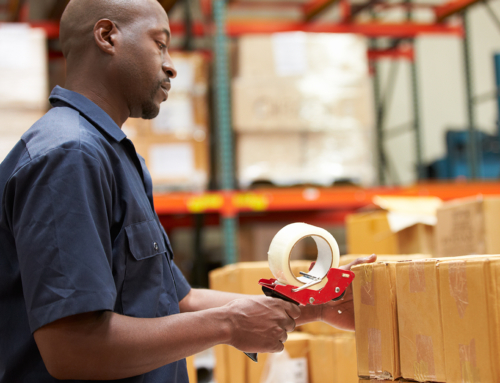With consumer confidence and incomes high and unemployment low, the National Retail Federation is predicting one of the biggest holiday shopping seasons in a long time.
The organization is looking at total sales of $717.5 to $720.9 billion, a 4.3 to 4.8 percent increase over last year, which itself was a 5.3 percent increase over 2016. Retailers everywhere, even those in cyberspace, are bracing for impact. They’re predicted to be hiring around 650,000 holiday workers, 11 percent more than last year.
But Are Retailers Investing Enough?
With all the preparation for the oncoming sales storm, it would seem that retailers are one step ahead. Unfortunately, they may not be. Many aren’t saying what they have planned for National Returns Day, the unofficial designation UPS has given the day it handles the most returns each year in early January.
Last season, January 3, 2018 meant 1.4 million return packages sent through UPS, with 1 million returns expected each day leading up to Christmas 2017. If that doesn’t scare you, then you’ve got a top reverse logistics team in place already. You are ready.
But for retailers who haven’t thought about what they’re going to do when up to 30 percent of their sales come back in early January, it’s not too late to invest more in returns.
Can Your Team Handle It?
It’s not a defeat to admit that your small company’s returns management team is going to be overwhelmed come National Returns Day.
Instead, today is the day to start planning for extra help. That might mean expanding into your empty warehouse so there’s more room for returns processing by more people, or it could mean working with a reverse logistics company.
This vital member of the supply chain doesn’t get the attention that forward-facing logistics does, but it’s just as important. Maybe more so. After all, reverse logistics is all that stands between you and chalking all those returns up to a complete loss.
Reverse logistics examines each and every product that comes through the warehouse, then optimizes its disposal or re-use. What can be sold for full price is rushed back to the sales floor or warehouse inventory. Those things that can be largely recouped will go to a secondary liquidator or auction platform. What can be recycled for the going rate is sent away for the procedure.
At the end of the process, the goal is to return as much money to your ledger as possible, while minimizing waste. It’s a fine line to walk, but one that can be a game changer for your retail company this year.







Leave A Comment